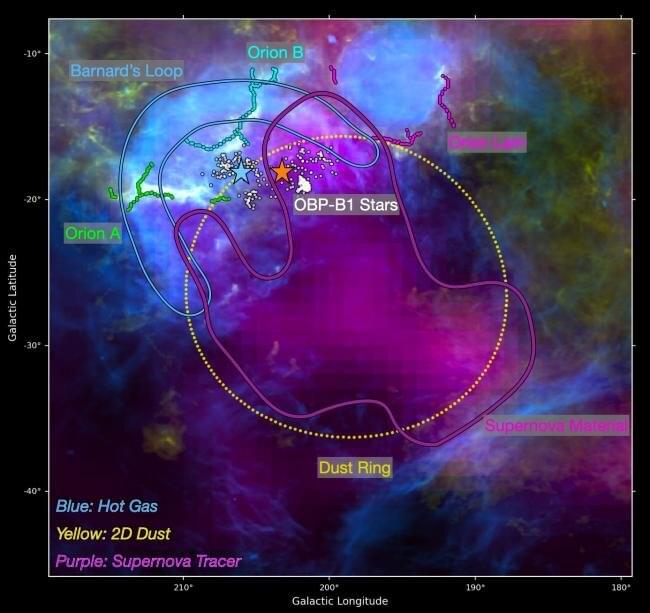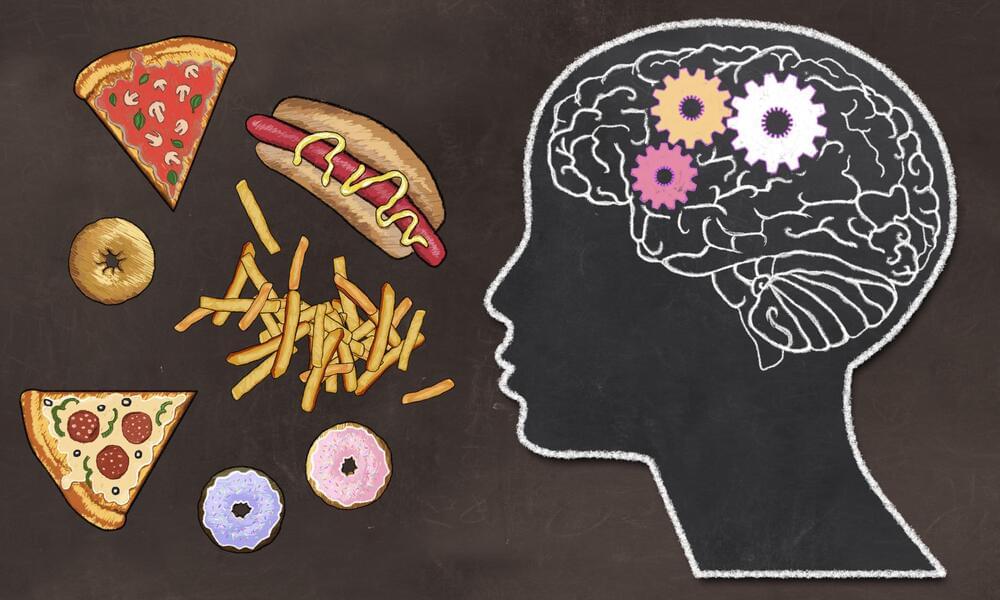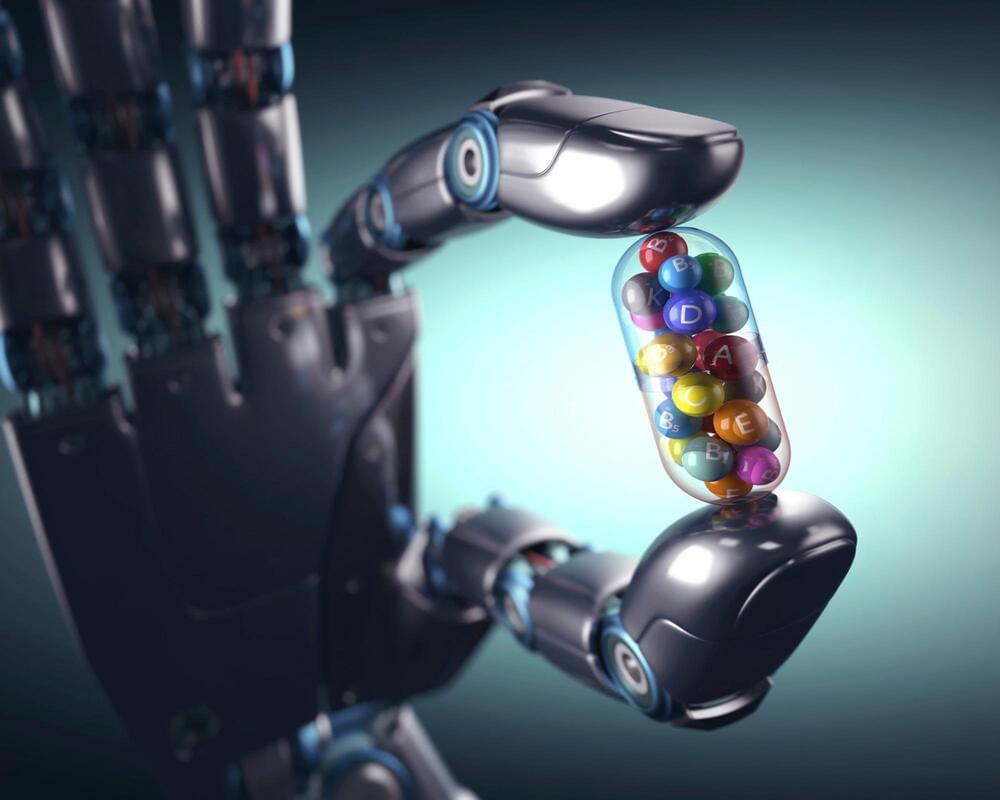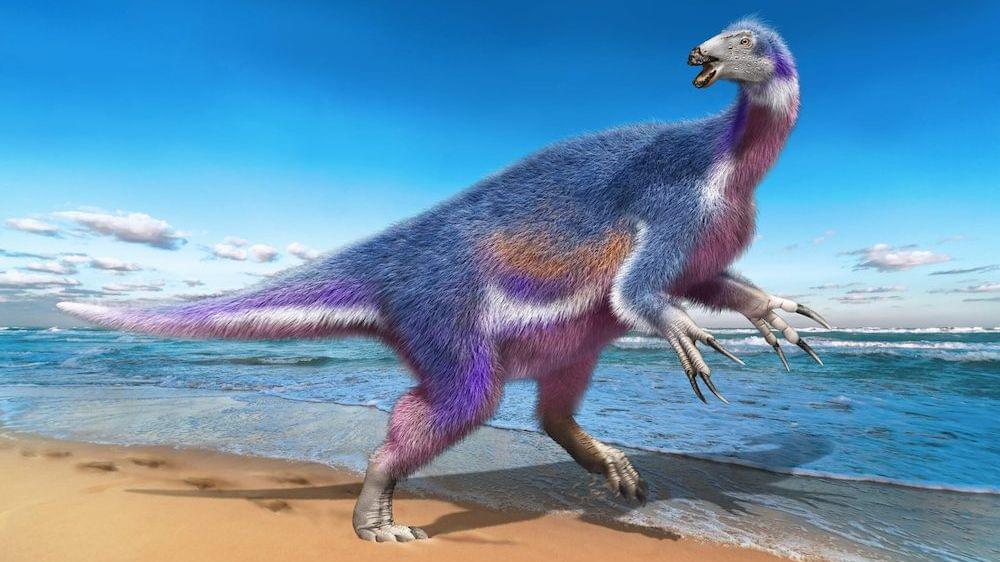
Michael LorreyGates is, famously, the guy who said, “Why would anyone ever need more than 640kb of memory?” and “The internet is a fad.”
2 Replies.
Paul Battista shared a link. Lifeboat Foundation.
The benefits of exercise in a pill? Science is now closer to that goal.
Researchers have identified a molecule in the blood that is produced during exercise and can effectively reduce food intake and obesity in mice. The discovery improves our understanding of the physiological processes that underlie the interplay between exercise and hunger. Scientists from Baylor College of Medicine, Stanford School of Medicine and collaborating institutions reported the findings on June 15 in the journal Nature.
“Regular exercise has been proven to help weight loss, regulate appetite, and improve the metabolic profile, especially for people who are overweight and obese,” said co-corresponding author Dr. Yong Xu, professor of pediatrics – nutrition and molecular and cellular biology at Baylor. “If we can understand the mechanism by which exercise triggers these benefits, then we are closer to helping many people improve their health.”










